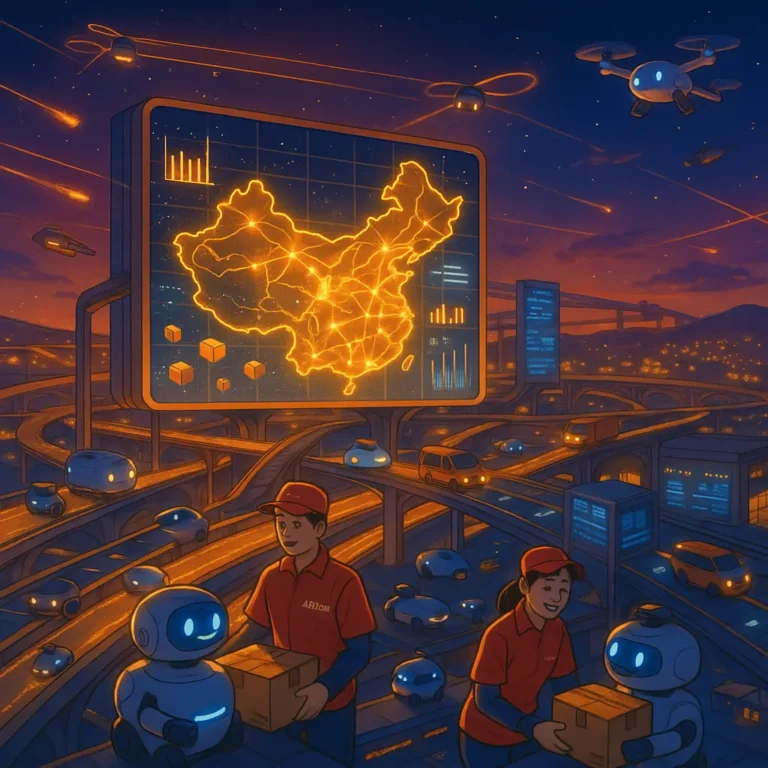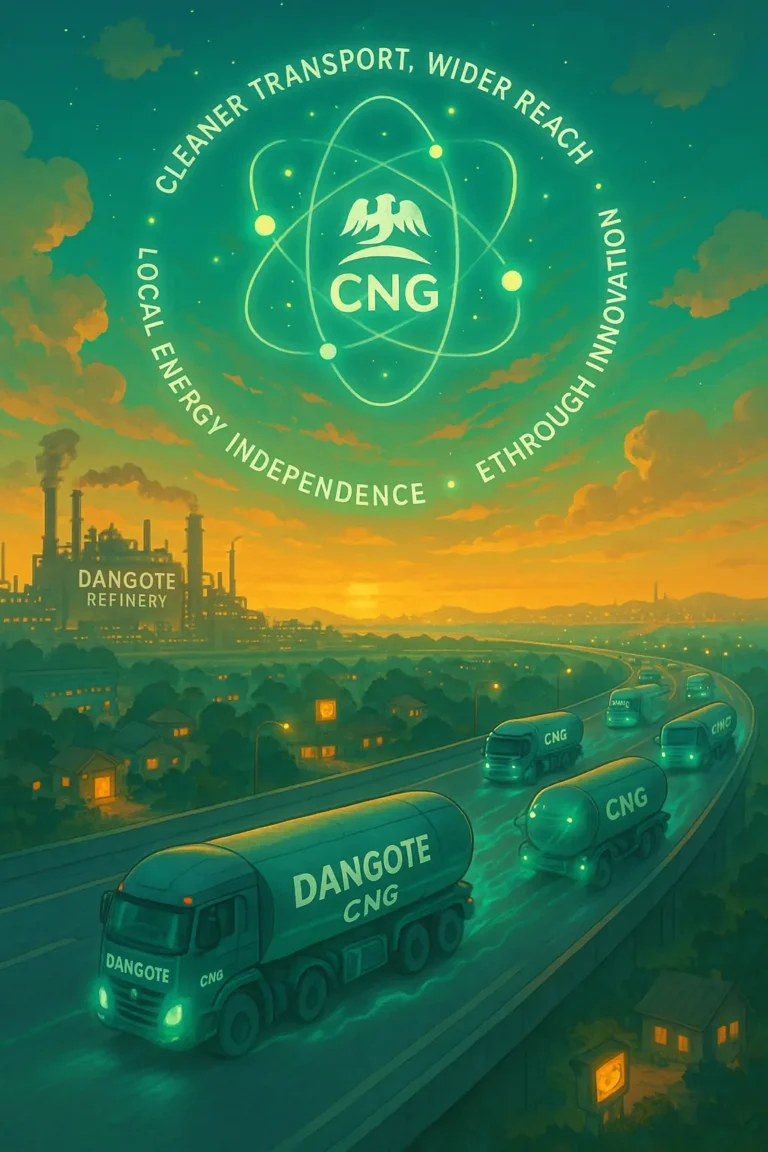
The Mondelez trucking crisis occurred due to the national trucking shortage in 2018, which resulted in delays for both inbound and outbound logistics. Late deliveries of raw materials slowed production, and store shelves began to empty.
However, Mondelez was able to stabilize operations and minimize disruptions for customers quickly. We cover how and key lessons from the episode in this article.
Article Brief & Key Nuggets
- Mondelez faced a sharp logistics disruption in 2018 after U.S. truck availability collapsed.
- The ELD mandate reduced driving time. Trucking rates soared. Shelves nearly went empty.
- Mondelez responded with smart, low-tech tactics: rail, co-loading, production tweaks.
- The result was freight cost control without major delivery failures.
- The biggest lesson from the episode is that efficiency beats expansion.
When the Trucks Disappeared, Mondelez Got Smart.
Most logistics and supply chain managers in the United States have come to trust that trucking will stay consistent. And to be honest, it had been that way for years. But that assumption was shattered in 2018 due to a single regulatory change.
Trucks vanished from the roads overnight, and shipping prices surged. Mondelez, the snack giant behind Oreos and Ritz, found itself fighting to ensure that raw materials reached the factories and goods could reach customers without delay.
Despite the sudden challenge, the company was able to achieve this, but it did not do so by outbidding others or just throwing money at the problem.
The lack of trucks on the road put Mondelez in a trucking crisis that forced the company to make small but smart shifts, some of which entailed:
- Avoiding peak shipping times and days.
- Shared truckload space with competitors.
- Leveraged the advantages of rail transportation.
- Opting for intermodal transportation that provided greater flexibility.
These actions weren’t fancy, but they were smart.
And this story isn’t just about how one company navigated a logistics nightmare that was completely unplanned for. It is about how flexibility and on-the-go adjustments, especially in emerging markets, should be considered when planning the logistics and supply chain.
The Trucking Capacity Crunch No One Saw Coming
It all began with the ELD Mandate.
In early 2018, the U.S. trucking industry encountered a significant challenge due to the implementation of the Electronic Logging Device (ELD) mandate, which required drivers to adhere to their legally mandated driving hours.
Now, the law has always existed on paper, but no one took it seriously, and most companies continued to operate under the status quo. However, the introduction of the digital logs made it impossible for truckers to ignore them.
The immediate impact of the ELD mandate was a loss of capacity, which was so severe that industry watchers and experts estimated that up to 10% of trucks effectively disappeared from the roads within a short period. On paper, that might not sound like much, but in logistics, numbers are everything.
And a slight change can make or break the process.
In this case, the situation was unique. The trucking shortage was paired with low unemployment and booming freight demand. Naturally, this meant logistics delays, bidding wars for trucks, and empty shelves because products couldn’t get to stores on time.
This problem wasn’t a slow squeeze; it was a cliff drop that had shippers across the U.S. scrambling. Food and retail firms suffered the most.
Mondelez Felt the Pain in Their Freight Bills
Mondelēz International is a global snack player. When trucks slowed down across the country, the company’s transportation costs rose fast. Executives admitted on investor calls that shipping inflation had taken a bite out of the company’s profit margins.
However, it wasn’t just about the numbers; there was a significant risk that the company might not be able to meet demand, and empty shelves could also impact their retail partners. In Ohio, the Mondelez flour mill stopped running because trucks and railcars didn’t arrive in time.
If flour is not available, the factories cannot bake. Overnight, transportation had become the bottleneck for Mondelez’s logistics operations. The danger wasn’t lost sales, it was empty shelf space.
Read more: How In-N-Out navigated the onion shortage of 2021.
How Mondelez Kept Oreos on Shelves During The Trucking Crisis
The Mondelez trucking crisis was a make-or-break situation for the company’s supply chain, necessitating a reevaluation of many of its previous operational modes. Through a combination of different strategies, Mondelez was able to stretch available capacity.
1. Leveraging Intermodal Transportation
When trucking operations across the country collapsed, rail offered a lifeline for shippers. And Mondelēz’s supply chain wasted no time jumping on board, and the logistics team pushed more loads onto intermodal.
Now, rail isn’t perfect by any means. It is slower and less flexible, but if used right, it could significantly improve the transportation process. More importantly for the Mondelez logistics team, it was readily available. In early 2018, intermodal volumes grew over 7%.
That shift wasn’t theoretical. It was operational. And it helped Mondelēz avoid peak truck rate spikes.
2. Co-loading in Supply Chain: Sharing to Survive
Mondelēz’s supply chain did something few CPG giants could only consider:. They shared warehouse and truckload spaces with other manufacturers. And it made sense.
Logistics analysts often recommend co-loading, but few companies implement it for various reasons. Some more legitimate than others. It worked for the Mondelez team. Instead of fighting for a full truckload that may not happen, two companies could share one.
This way, they save time and ensure their raw materials and products reach the desired locations. Two companies, half-truckloads, same region, and one truck. This co-loading strategy is freight’s version of carpooling. It reduced waste and lowered per-unit shipping costs by up to 30%.
3. Load Optimization and Peak Avoidance
Mondelēz stopped fighting the trucking shortage, choosing instead to adjust production and shipping schedules to avoid peak times. That sounds simple, but it’s not. It means ensuring efficient coordination between factories, warehouses, and buyers. But it also means avoiding the worst trucking chaos.
The company’s supply chain also filled every available trailer to capacity. There were no light loads and no wasted miles. Ultimately, Mondelz was able to cut inefficiencies instead of chasing more drivers.
Read more: How Shoprite Holdings’ Supply Chain Disruptions Forced Its Exit From Nigeria.
Lessons From Mondelez Trucking Crisis
Mondelēz’s logistics team did not eliminate shipping problems. No one did during the same period. But what the company was able to do was avoid the worst outcome. For starters, the supply chain was able to keep stores stocked and control the cost of transportation.
Mondelez’s supply chain held the line while others overpaid for limited capacity. The playbook wasn’t flashy; it was executable. It is what real resilience looks like in motion.
Here are the lessons:
1. Diversify Transportation
In today’s logistics landscape, it is undeniable that trucks are a vital component. But putting all your freight into one mode is a risk. This was evident when the trucking industry underwent a significant shift.
Shippers were left without an immediate option, which had a significant impact on their supply chains. Mondelēz’s decision to push volume onto rail wasn’t ideal, but it was an available option. In tough conditions, that’s what matters.
Think about flexibility, not comfort. Can your cargo switch modes in a crisis?
2. Plan Forward, Not Harder
It’s easy to assume more capacity solves problems. However, the smarter move is to have better timing and planning. Mondelēz’s supply chain shifted production on time, avoided peak days, and ensured operational schedules were adjusted to align with current realities.
All of these ensured the company ran a smooth operation, even though logistics-wise, it was as if things were falling apart. These moves are relatively subtle, but they helped the company manage the pressures.
Don’t just throw more resources at the problem. Remove the spikes that break the system.
3. Efficiency Beats Growth in Crisis
When costs spike, adding more resources often creates more friction. Mondelēz proved that optimization beats expansion. Instead of trying to increase capacity, the supply chain opted for efficient management of the available resources.
For the snack giant, this meant utilizing full trailers to maximize space, minimizing idle times to prevent resource waste, and implementing precision planning. This kind of tuning is slow work, but in high-pressure markets, it pays off.
Read more: Timeless Lessons From Dell’s Build-to-Order Strategy in The 2000s.
How African Supply Chains Can Avoid Collapse
Africa is still scaling modern supply chain systems. That makes this moment the perfect opportunity to avoid the mistakes others have made.
Here’s what operators can do if in similar situations like Mondelez:
1. Build Transport Flexibility Early
Trucking is the dominant mode of transportation in most African corridors. But other modes are growing. Rail is being rebuilt in East Africa, and inland waterway cargo is making a comeback in West Africa. Supply chains can start integrating these secondary modes now, even if they’re slower.
When roads clog, having a backup makes the difference between late and never.
2. Form Freight Collaboration Networks
Collaborative shipping isn’t just for global giants. Regional producers, agri-exporters, and small traders can combine loads on shared lanes. In a continent where empty backhauls are common, shared freight can simultaneously boost margins and reliability.
Build co-loading partnerships. Create visibility tools to match half-loads.
3. Schedule Smartly.
Start moving away from demand peaks driven by habit. You will be better served by focusing on shifting logistics and supply flows using flexible slots. This is because many of the logistics disruptions in Africa aren’t capacity failures. They’re congestion failures.
The good news is that it is fixable with time-window planning and better coordination.
4. Invest in Data, Not Just Vehicles
Without visibility, increasing your fleet size can’t solve the inevitable delays your logistics operations would encounter. And it doesn’t even have to be your fault. To ensure visibility, you don’t have to invest too much.
You can start by using simple solutions, such as SMS, GPS, and driver logs, to plan more effectively. What worked for Mondelēz wasn’t more trucks. It was more visibility and coordination among teams, partners, and processes. You don’t need big tech. Just clear information and repeatable planning.
Wrap Up
The Mondelez trucking crisis in 2018 was a wake-up call. Not just for food giants but for every operator who thinks trucks will always be there, always cheap, always fast. 2018 proved otherwise for the company and many others.
However, despite the crisis, the most astute players didn’t react with panic. They responded with small changes that protected their flow of goods (raw materials and finished products). African supply chains can learn from Mondelez’s experience by acting faster.
You don’t need a crisis to optimize. You just need a plan.

Obinabo Tochukwu Tabansi is a supply chain digital writer (Content writer & Ghostwriter) helping professionals and business owners across Africa learn from real-world supply chain wins and setbacks and apply proven strategies to their own operations. He also crafts social content for logistics and supply chain companies, turning their solutions and insights into engaging posts that drive visibility and trust.







